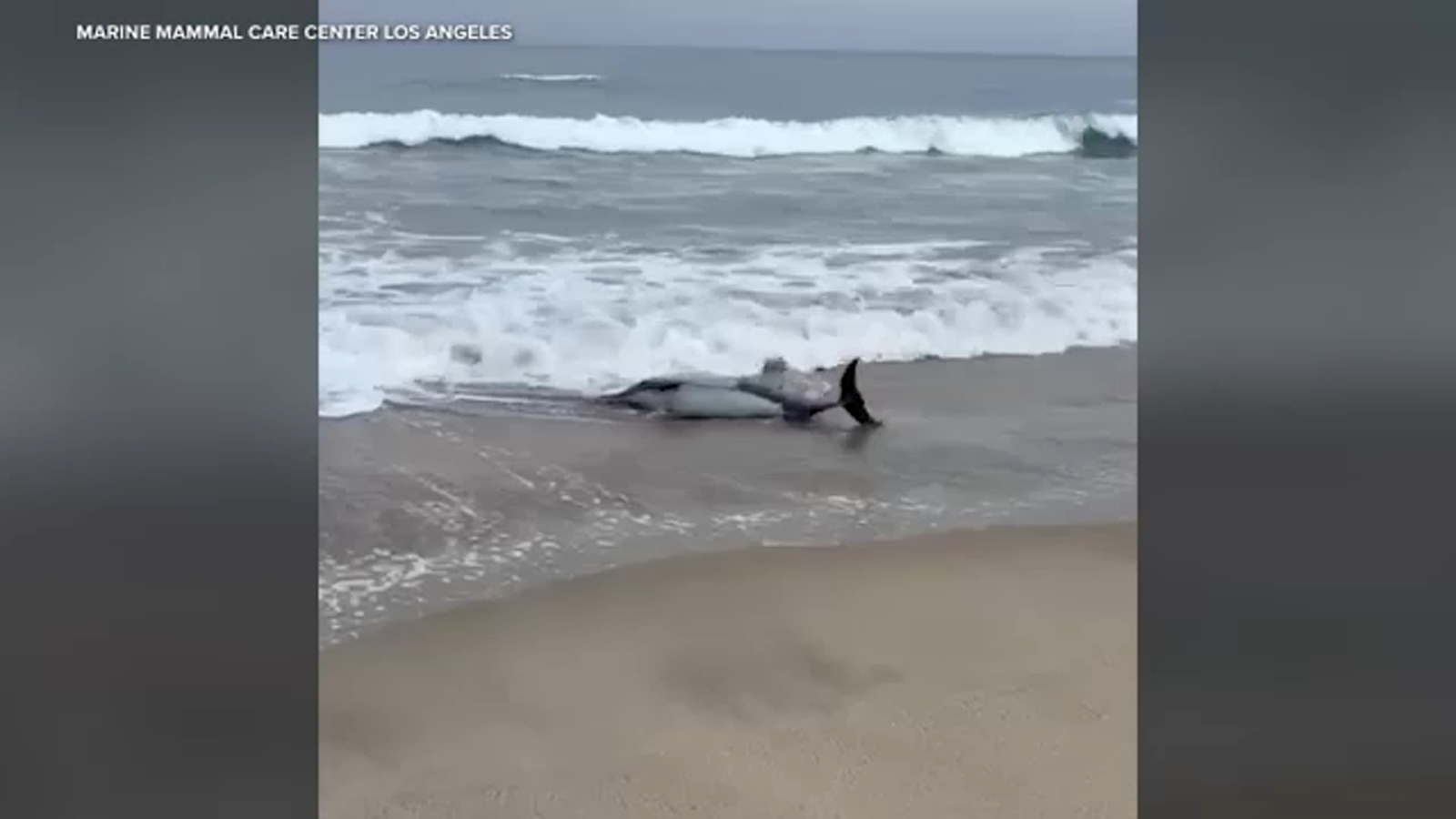California Coast's Toxic Algae: Impact On Marine Ecosystems

Table of Contents
Types of Toxic Algae and Their Sources on the California Coast
Several species of toxic algae are responsible for the harmful algal blooms plaguing California's coastal waters. Pseudo-nitzschia, a genus of diatoms, produces domoic acid, a neurotoxin that causes amnesic shellfish poisoning (ASP). Another significant culprit is Alexandrium, a dinoflagellate that produces saxitoxins, responsible for paralytic shellfish poisoning (PSP). These toxic algae thrive in specific conditions, and their proliferation is closely linked to human activities and climate change.
Sources of Toxic Algae:
-
Agricultural Runoff: Excessive use of fertilizers in agriculture leads to nutrient pollution (nitrogen and phosphorus) in coastal waters. This nutrient enrichment fuels the rapid growth of algae, including toxic species. Regions with intensive farming practices near the coast are particularly vulnerable.
-
Sewage Discharge: Untreated or inadequately treated sewage contributes significantly to nutrient pollution, providing the necessary nutrients for toxic algae blooms to flourish. Coastal cities with outdated wastewater treatment infrastructure are at increased risk.
-
Climate Change Impacts: Rising ocean temperatures due to climate change create ideal conditions for many toxic algae species to thrive. Warmer waters also increase stratification, creating layers of water with different temperatures and nutrient levels, which can trap nutrients near the surface and further fuel algae growth. Changes in ocean currents can also transport toxic algae blooms to new areas.
Specific Regions and Vulnerability:
-
Monterey Bay: Known for its upwelling, which brings nutrient-rich waters to the surface, Monterey Bay is particularly susceptible to toxic algae blooms.
-
Southern California Bight: This region experiences a combination of nutrient pollution from urban runoff and warmer water temperatures, making it prone to HABs.
-
San Francisco Bay: A combination of agricultural runoff from the Central Valley and urban discharge makes the San Francisco Bay vulnerable to toxic algae blooms.
Impacts of Toxic Algae Blooms on Marine Life
The toxins produced by these harmful algal blooms have devastating effects on a wide range of marine life. The most well-known impact is shellfish poisoning, where shellfish accumulate toxins in their tissues, posing a significant risk to humans who consume them. However, the consequences extend far beyond this direct impact.
Effects on Marine Species:
-
Shellfish Poisoning (ASP & PSP): Domoic acid and saxitoxins accumulate in shellfish, leading to closures of shellfish harvesting areas, with significant economic consequences for fishing communities.
-
Fish Kills: High concentrations of toxins can directly kill fish, disrupting the marine food web and impacting commercially important species.
-
Marine Mammal Impacts: Domoic acid, produced by Pseudo-nitzschia, is particularly harmful to marine mammals like sea lions and whales, causing neurological damage, seizures, and even death. Neurological effects in sea lions, such as disorientation and unusual behavior, are often observed during blooms.
-
Cascading Effects: The death of key species within the food web has a ripple effect, impacting predator-prey relationships and overall ecosystem health. The decline of certain fish species can affect larger predators, impacting the entire ecosystem's balance.
Monitoring and Mitigation Strategies for Toxic Algae Blooms
Effective management of toxic algae requires a multi-pronged approach, combining advanced monitoring techniques with targeted mitigation strategies.
Monitoring Programs:
-
Satellite Imagery: Remote sensing technologies like satellite imagery are used to monitor the extent and distribution of algal blooms over large areas.
-
Sensor Networks: Buoys equipped with sensors collect real-time data on water quality parameters such as temperature, salinity, chlorophyll concentration, and toxin levels.
-
Water Sampling: Regular water sampling and laboratory analysis are crucial for identifying the species of algae present and quantifying the concentration of toxins.
Mitigation Strategies:
-
Improved Wastewater Treatment: Upgrading wastewater treatment plants to remove excess nutrients before discharge into coastal waters is essential to reduce nutrient pollution.
-
Reducing Agricultural Runoff: Implementing best management practices in agriculture, such as using less fertilizer and improving irrigation techniques, can significantly reduce nutrient runoff into coastal waters.
-
Bioremediation: Research is ongoing into exploring bioremediation techniques, which involve using microorganisms to break down or absorb harmful algal toxins.
The Role of Public Awareness and Education
Public awareness and education are crucial in combating the threat of toxic algae blooms. Informed citizens play a vital role in protecting the California coast.
Public Engagement:
-
Shellfish Consumption Safety: Educating the public about the risks of consuming contaminated shellfish is vital to prevent human illness.
-
Citizen Science: Involving the public in citizen science programs to monitor and report algal blooms enhances early detection efforts.
-
Policy Support: Encouraging public support for policies that protect coastal waters from pollution is essential for long-term success.
Conclusion:
The proliferation of toxic algae on the California coast poses a serious and complex challenge, impacting marine ecosystems and human health. Addressing this issue requires a comprehensive strategy that integrates advanced monitoring technologies, improved wastewater management, responsible agricultural practices, and robust public awareness campaigns. By understanding the sources, impacts, and mitigation strategies for these harmful algal blooms, we can work together to protect the valuable resources of the California coastline. Learn more about the threat of California coast toxic algae and get involved in protecting our oceans. Take action today to help combat the spread of toxic algae in California and preserve this vital ecosystem for future generations.

Featured Posts
-
 Ufcs Greatest Rivalry Daniel Cormiers Scathing Message To Jon Jones Publicist
May 30, 2025
Ufcs Greatest Rivalry Daniel Cormiers Scathing Message To Jon Jones Publicist
May 30, 2025 -
 How Trumps Southeast Asia Tariffs Affected Indian Solar Equipment Exports
May 30, 2025
How Trumps Southeast Asia Tariffs Affected Indian Solar Equipment Exports
May 30, 2025 -
 6 15
May 30, 2025
6 15
May 30, 2025 -
 Udstilling Kare Quist Han Taler Udenom Hos Ditte Okman Galleri
May 30, 2025
Udstilling Kare Quist Han Taler Udenom Hos Ditte Okman Galleri
May 30, 2025 -
 La Fires Price Gouging Concerns Raised By Selling Sunset Cast Member
May 30, 2025
La Fires Price Gouging Concerns Raised By Selling Sunset Cast Member
May 30, 2025
